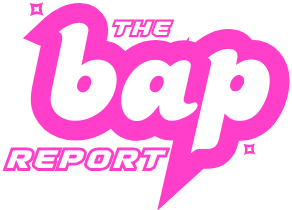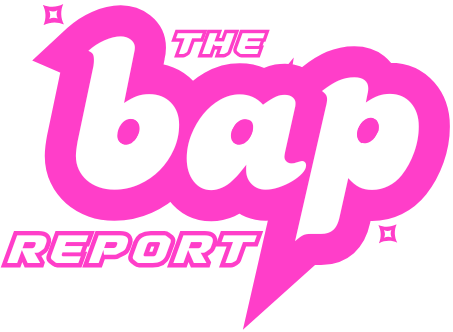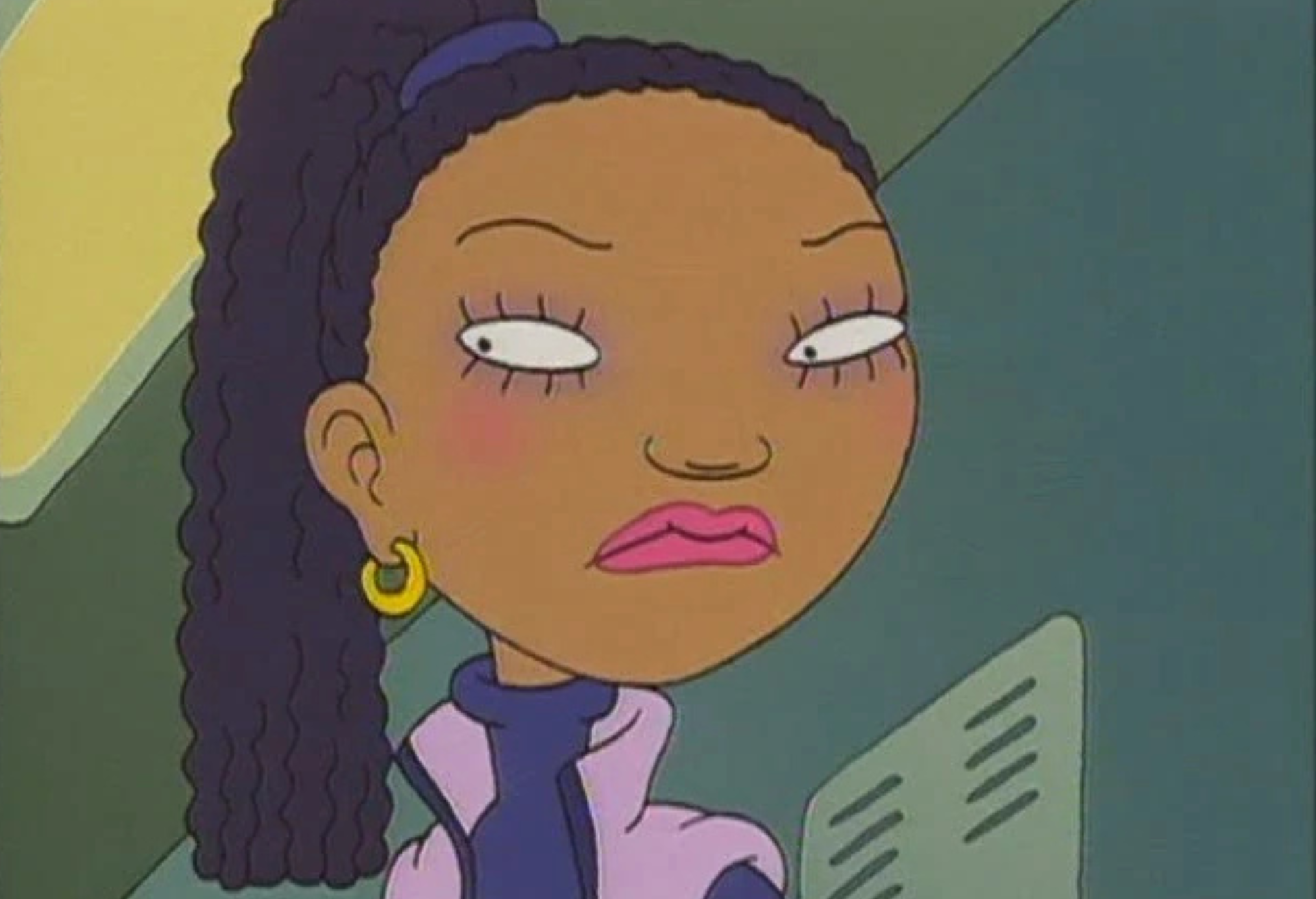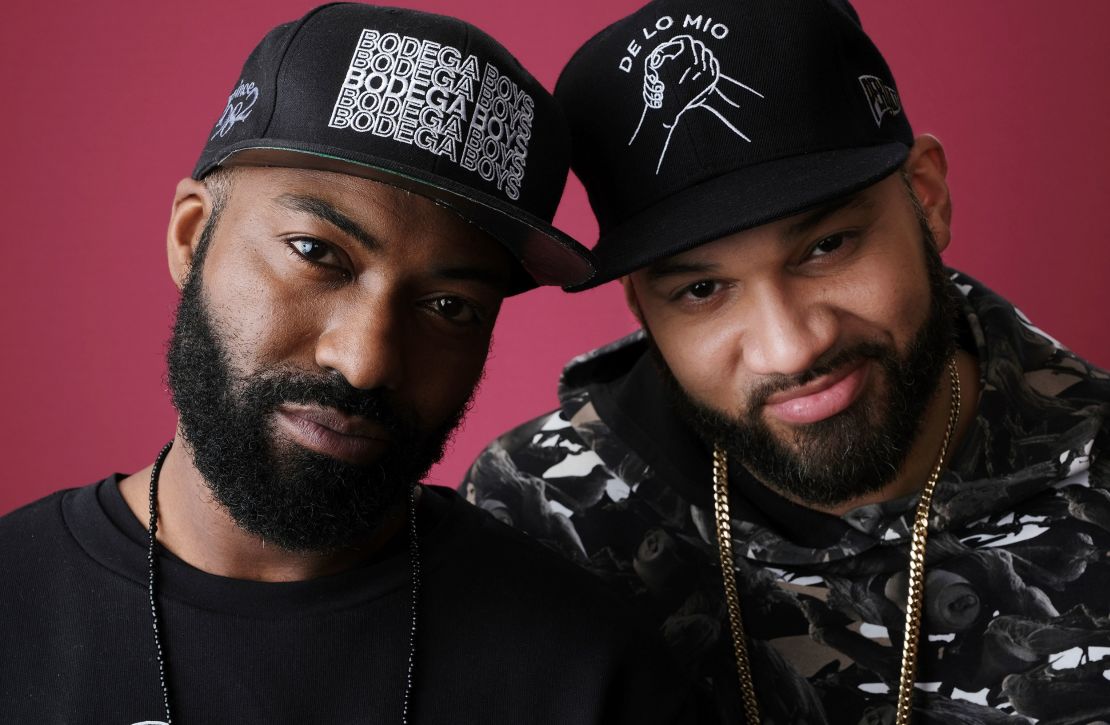If you grew up watching Nickelodeon in the early 2000s, As Told By Ginger likely lives rent-free in your millennial memory. Between Ginger’s emotional monologues, Carl’s grotesque middle-school antics, and Macie’s nervous energy, the show stood out for its raw, diary-like realism. But let’s address the overlooked truth buried beneath the surface:
Miranda Killgallen was not the villain. She was misunderstood, underwritten, and a textbook case of racialized survival in a pastel-coded suburban nightmare.
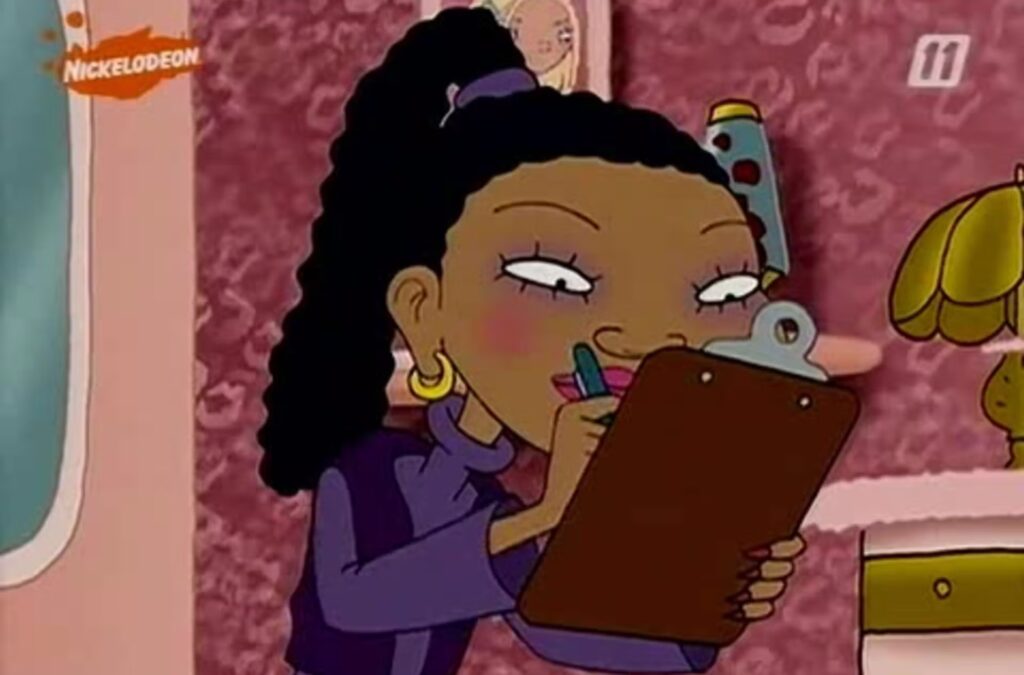 Who Was Miranda Killgallen, Really?
Who Was Miranda Killgallen, Really?
Miranda was introduced as the mean, sarcastic, fashion-forward sidekick to Courtney Gripling, the wealthiest and most obliviously privileged girl at Lucky Jr. High. With her slick bob, icy delivery, and zero tolerance for Ginger’s quirky underdog energy, Miranda was painted as the antagonist. But once you look deeper, her character reads as something else entirely: a Black girl performing social gymnastics in a white space to avoid being erased.
And let’s not forget — she was one of the only Black girls in the entire show.
The Real Villain? Stereotypical Writing
Unlike Ginger, who was granted nuance, trauma, and literal voiceovers, Miranda was never given a full storyline. No home life, no introspection, no breakdowns in her room with sad indie music in the background. She was flatlined into a trope: the sassy Black girl with a cold heart and a quick tongue.
Let’s talk about the characters who did get arcs:
- Ginger? Entire episodes dedicated to her emotional growth.
- Carl? Literal mummified tongue side quests.
- Macie? Anxious girl main character energy.
- Dodie? Lice drama. And plot development.
But Miranda? Not even one episode to unpack what it’s like being a high-performing Black girl navigating a white school where her identity is both feared and fetishized.
She Wasn’t Mean — She Was Strategic
Miranda’s entire character was one long performance of perfection. From her speech to her outfits to her carefully maintained proximity to Courtney, Miranda knew that being palatable to whiteness was survival.
That wasn’t manipulation — it was instinct.
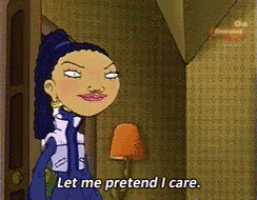
She wasn’t allowed to be vulnerable. She had to be sharp, immaculate, always three steps ahead — because she knew the stakes. Meanwhile, Ginger was crying in her diary every other episode and still somehow treated like the moral compass.
Miranda was punished by the show — and by viewers — for not being “likable.” But what does that really mean? That she didn’t center a white girl’s feelings? That she refused to make herself small so others could feel comfortable?
The Real Problem: We Never Got Her Side
Imagine if Miranda got an inner monologue episode — the same soft lens the show applied to Ginger. Maybe we’d have seen a smart, observant, and exhausted girl who learned early on that empathy wasn’t extended to her unless she performed.
Instead, she was reduced to a stereotype.
And yet? She still ate.

Why Miranda Deserves a Reintroduction
Miranda Killgallen was not just a sidekick or a sassy accessory — she was a complex, emotionally neglected character buried under lazy writing. She was a reflection of how media often handles Black girls: with curiosity, envy, and fear, but rarely with care.
If Nickelodeon ever dared to reboot As Told By Ginger, we want Miranda narrating her own story — not playing background to someone else’s.
Because Black girls aren’t side characters.
